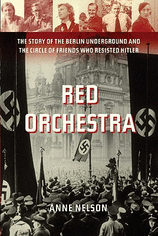New from Princeton University Press:
Portfolios of the Poor: How the World's Poor Live on $2 a Day by Daryl Collins, Jonathan Morduch, Stuart Rutherford & Orlanda Ruthven.
 About the book
About the book, from the publisher:
About forty percent of the world's people live on incomes of two dollars a day or less. If you've never had to survive on an income so small, it is hard to imagine. How would you put food on the table, afford a home, and educate your children? How would you handle emergencies and old age? Every day, more than a billion people around the world must answer these questions. Portfolios of the Poor is the first book to explain systematically how the poor find solutions.
The authors report on the yearlong "financial diaries" of villagers and slum dwellers in Bangladesh, India, and South Africa--records that track penny by penny how specific households manage their money. The stories of these families are often surprising and inspiring. Most poor households do not live hand to mouth, spending what they earn in a desperate bid to keep afloat. Instead, they employ financial tools, many linked to informal networks and family ties. They push money into savings for reserves, squeeze money out of creditors whenever possible, run sophisticated savings clubs, and use microfinancing wherever available. Their experiences reveal new methods to fight poverty and ways to envision the next generation of banks for the "bottom billion."
Indispensable for those in development studies, economics, and microfinance, Portfolios of the Poor will appeal to anyone interested in knowing more about poverty and what can be done about it.
 About the book, from the publisher:
About the book, from the publisher:




























